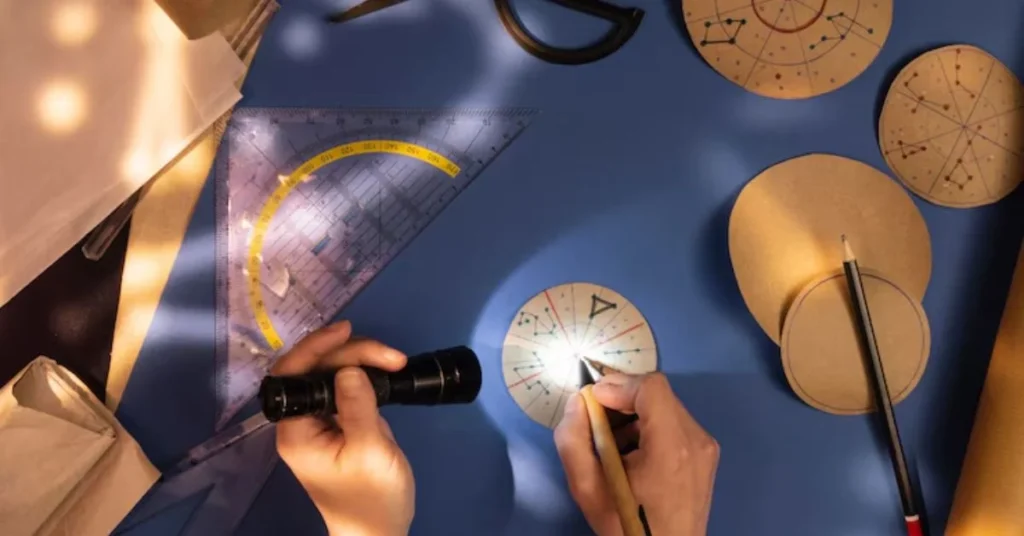In today’s ever-evolving linguistic and cultural landscape, the emergence of unique terms often signals deeper shifts in how we think, create, and communicate. One such term, “Treams,” may initially strike readers as unfamiliar or ambiguous. However, its ambiguity is exactly what makes it so compelling. “Treams” is more than just a word—it is a concept that has found relevance in music, technology, digital culture, and the experimental fringes of language.
This in-depth exploration unpacks the many layers of “Treams,” highlighting its origins, uses, and significance across various domains. Through a comprehensive and analytical lens, we attempt to decode what “Treams” means today—and what it could represent tomorrow.
1. The Evolving Identity of “Treams” in Music
The music industry is often the birthplace of linguistic innovation. “Treams,” in a contemporary cultural context, has become closely associated with a new generation of artists who blend genres, experiment with form, and use unconventional names as a form of personal branding.
The artist known by the moniker “Treams” exemplifies this trend. Emerging from a rural background and steeped in modern sensibilities, his sound is a hybrid of genres—fusing electronic, folk, rap, and even traditional regional music. This fusion doesn’t merely serve stylistic purposes; it functions as a bridge between generations and cultural identities. His lyrics often reflect personal introspection, rural life nostalgia, and emotional complexity, all while grounded in catchy, beat-driven arrangements.
The choice of the name “Treams” is not incidental. It echoes the dreamlike quality of his compositions, hinting at a fusion of “dreams” and “streams,” symbolizing both aspiration and the digital age of music distribution. This clever linguistic play has helped his brand gain resonance among young listeners who seek authenticity and innovation.
2. Treams as a Symbol in Digital Culture
Beyond the sphere of music, “Treams” is rapidly becoming a symbol within digital communities—particularly among younger, tech-savvy demographics who communicate in memes, acronyms, and internet-native language.
In this space, “Treams” is often seen as a flexible term—one that can serve as a username, a creative identity, or even an acronym. In meme culture, it can denote a blend of satire and sincerity. In gaming and online forums, it is sometimes used to signify an ideal state of flow or immersion—akin to being in a “dreamstream.”
The mutability of the term—its capacity to morph into whatever meaning the community needs—mirrors the way language evolves online. Terms like “Treams” spread not through formal channels, but organically, carried by users who imbue them with contextual meaning. In that sense, “Treams” acts as a digital blank slate: a word without a rigid definition, yet with limitless potential.
3. Treams and the Language of Innovation
Words like “Treams” also speak to a broader cultural and linguistic phenomenon: the rise of invented words as tools for innovation. In product development, branding, and tech culture, creating a new term is a powerful way to stand out.
Treams could very well be a brand name for a tech platform, an app, or a creative studio. Its smooth, vowel-rich phonetics and open-ended interpretation give it commercial viability. Entrepreneurs often seek words like this—words that are easy to say, difficult to forget, and unencumbered by previous meaning.
Linguistically, “Treams” sits at an interesting junction. It may evoke “streams,” suggesting flow and fluidity, or “dreams,” hinting at aspiration and vision. The ability to contain multiple associations within a single term gives “Treams” the kind of elasticity that modern branding craves.

4. Treams as a Scientific Tool: Conceptual and Computational
In more specialized circles—particularly among physicists and engineers—the term “Treams” has recently surfaced in the context of computational modeling and simulation tools. Here, it represents a theoretical framework or software system used to simulate light scattering, electromagnetic behavior, or even fluid dynamics at the nanoscale.
These scientific “Treams” tools are not products one would find on a commercial shelf. Instead, they are developed within research labs to model complex physical phenomena. Their purpose is to make the invisible visible—tracking how particles behave, how waves move through space, and how materials respond to light.
What makes the naming significant is its evocation of movement, complexity, and integration—exactly the qualities these tools aim to capture. In science, naming is more than taxonomy; it’s a reflection of the function and philosophy of the tool itself. “Treams,” in this context, symbolizes convergence: the joining of theoretical models and real-world application.
5. Psychological Dimensions
Delving deeper, it can also be interpreted as a psychological state. Similar to how words like “flow,” “vibe,” or “aesthetic” capture emotional or cognitive experiences, “Treams” can represent a fusion of mental clarity, imagination, and digital immersion.
Consider a scenario in which someone describes being “in the Treams”: a moment of deep creative focus where the boundaries between conscious and subconscious dissolve. It is a state of liminality, where intuition drives action and time seems suspended.
Such language plays an important role in self-expression, particularly for artists, writers, and digital creators. Naming the experience helps validate it, making it easier to share and reflect on. In this sense, “Treams” can become part of a new vocabulary for mental health, artistic process, or even spiritual awareness.
6. The Semiotics
From a semiotic perspective—the study of signs and symbols—“Treams” is a fascinating case. It is a signifier without a fixed signified. Its meaning is not tied to a dictionary entry but is negotiated through usage and context.
The sound of the word matters. It is soft yet structured, modern yet timeless. It carries no cultural baggage, allowing each user or community to inscribe their own meaning. This is rare in language, where most words are weighed down by etymology, history, or connotation.
In branding, this is gold. In poetry, it’s a blank canvas. And in conversation, it can serve as a kind of linguistic handshake—an invitation to invent meaning together.
7. Educational Implications
In educational settings, especially those focusing on creativity, media studies, or interdisciplinary thinking, it could be used as a conceptual tool. Imagine a classroom exercise where students are asked to define the term based on context, or to create a short story around it. Such activities not only foster creative thinking but also encourage students to think critically about how meaning is constructed.
Educators have long known the power of neologisms to spark imagination. It offers a low-stakes way to engage with big ideas: identity, language, culture, and cognition. It acts as a bridge between structured learning and creative exploration.
8.Cultural and Commercial Potential
Looking forward, the future of “Treams” depends largely on who uses it and how. Its openness is its biggest strength. As the internet continues to flatten cultural hierarchies and empower niche communities, we can expect more terms like “Treams” to surface.
Could it become a wellness brand? A social platform? A genre of art or music? The possibilities are wide open. What’s clear is that “it” is not a passing curiosity—it is a living term, evolving with the times and reflecting the multiplicity of modern experience.
Conclusion: The Power of a Word
“Treams” is more than a term—it’s a phenomenon. It captures the essence of modern creativity: flexible, layered, and deeply contextual. Whether it appears in music, science, digital spaces, or linguistic theory, it challenges us to reconsider what words can do—and how meaning is made.
In a world awash with data, algorithms, and overexposure, the emergence of a word like “Treams” is a quiet revolution. It reminds us that language is still ours to shape. That in the midst of information overload, we still crave terms that evoke wonder, curiosity, and depth.
And that, perhaps, is what makes “it” truly valuable—not just as a word, but as a mirror of our collective imagination.
For more information, click here.









